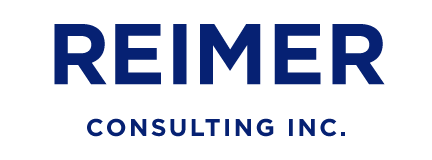The Good Enough Concept
When is “good enough” enough?
There appears to be a constant striving for perfection. The drive to take every project all the way to a vision or goal of perfect. Why? Why spend all that time and effort to achieve the perfect result when good enough is in fact enough. In reality, the majority of high achievers know what effort is enough to achieve the right return, then they move on to the next task.
Are you getting diminishing returns on your work?
The right rate of return for your work is when the work effort yields a “good enough” result. Think of it this way; the last 10 – 20% of your effort costs more than the return on that effort. Therefore you are now in the area of diminishing returns. Conversely, 80 – 90% achievement provides an equitable return on your efforts.
You can do more for less!
Therefore, if you take all your work tasks or projects and develop “good enough” plans versus perfect plans you will likely be more productive. You will have more time for your work load. As you further consider the “good enough” concept you quickly come to the conclusion that you can rank all your work effort or projects by “return priorities”.
What is your work effort rate of return?
A key leadership thought process is “what is the financial rate of return” on any given effort. The rate of return can be applied to all of your activities. What is my rate of return on the time I take to chat around the coffee machine? What is my rate of return working out “the perfect” presentation by fiddling with numerous minor images or details? When you observe your staff, what rate of return are they providing you based on the myriad of decisions that they make every day? A rate of return view of decision making will drive an outcome that is “good enough” based. Beware - a strict rate of return view will suck out the humanity of work and leadership.
Making it work
You need to determine what portion of your work, or your teams work, is high priority versus medium to low tasks. Focus your energy on the key project. But don’t get consumed with perfect. Do a great job but don’t strive for perfection. Take the time you have saved by avoiding “perfection” and apply it to lower priority tasks.
Caution sign ahead
As a leader you need to balance the principle of “good enough” against the host of other management tools. As an example: on occasion I have had to take a developing staff member through the process of developing excellence in their work. In that case I would request a higher deliverable level as a learning process so I would not use the “good enough” concept. So ponder the concept of “good enough” and put it into your leadership tool mix.
Does the “good enough” concept make sense to you?
David Reimer
